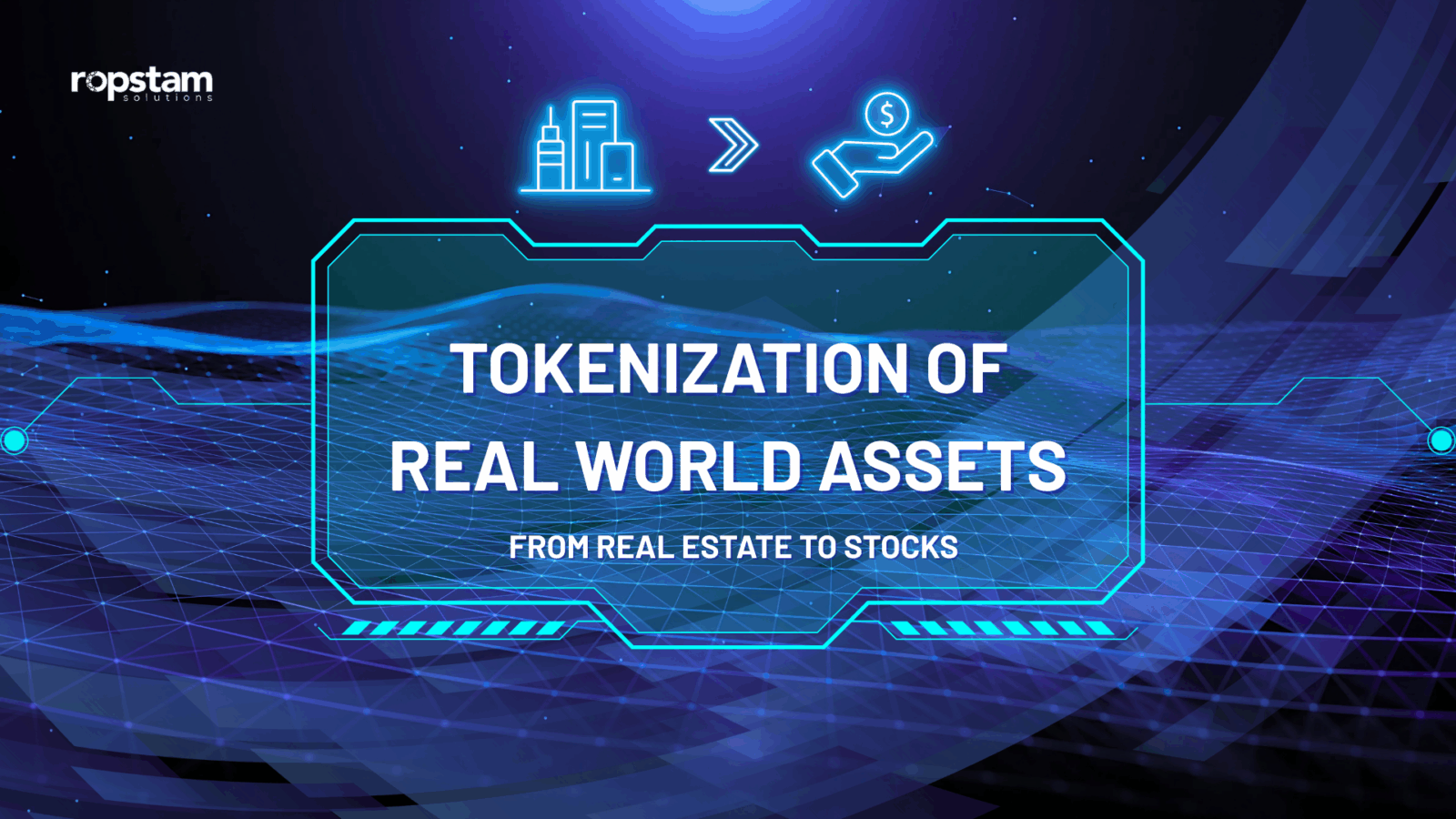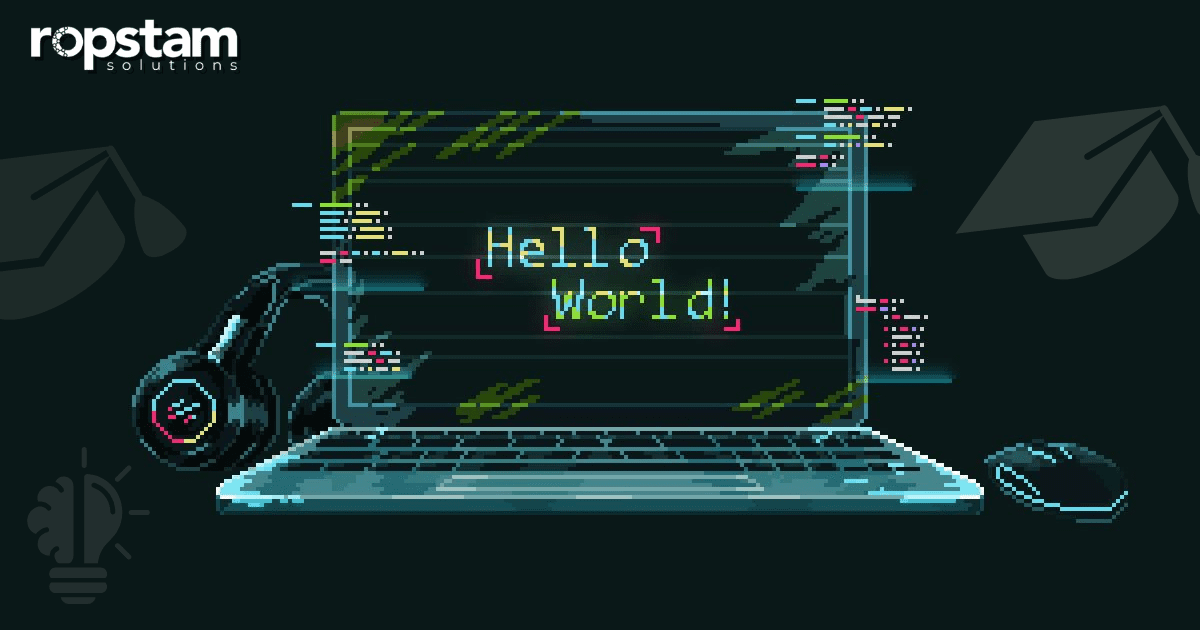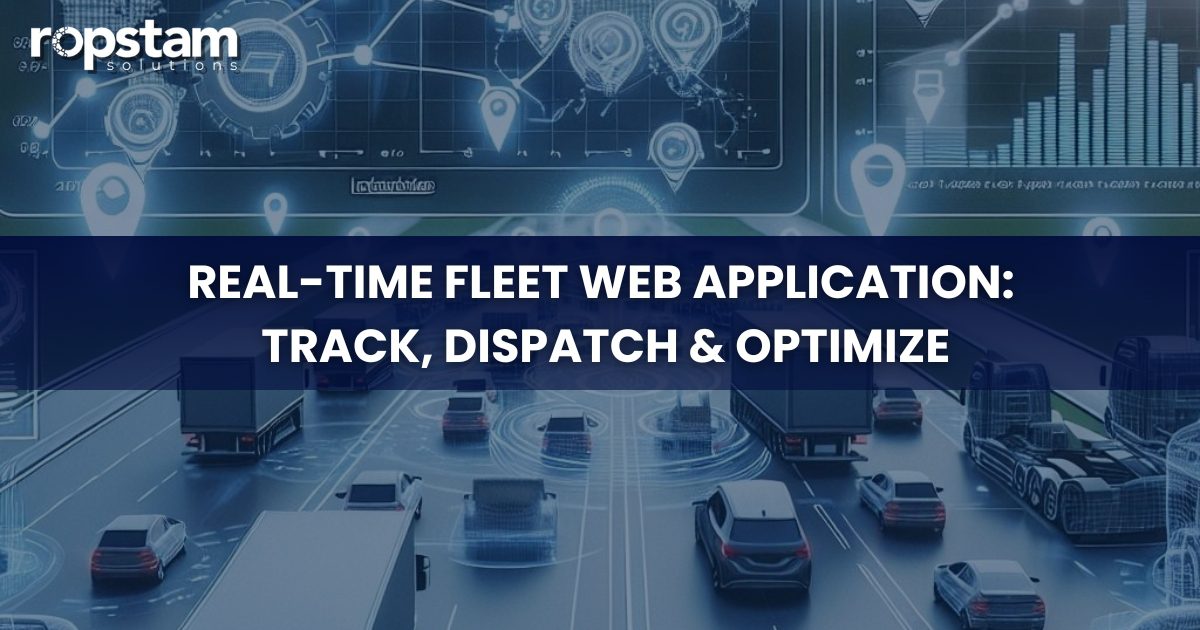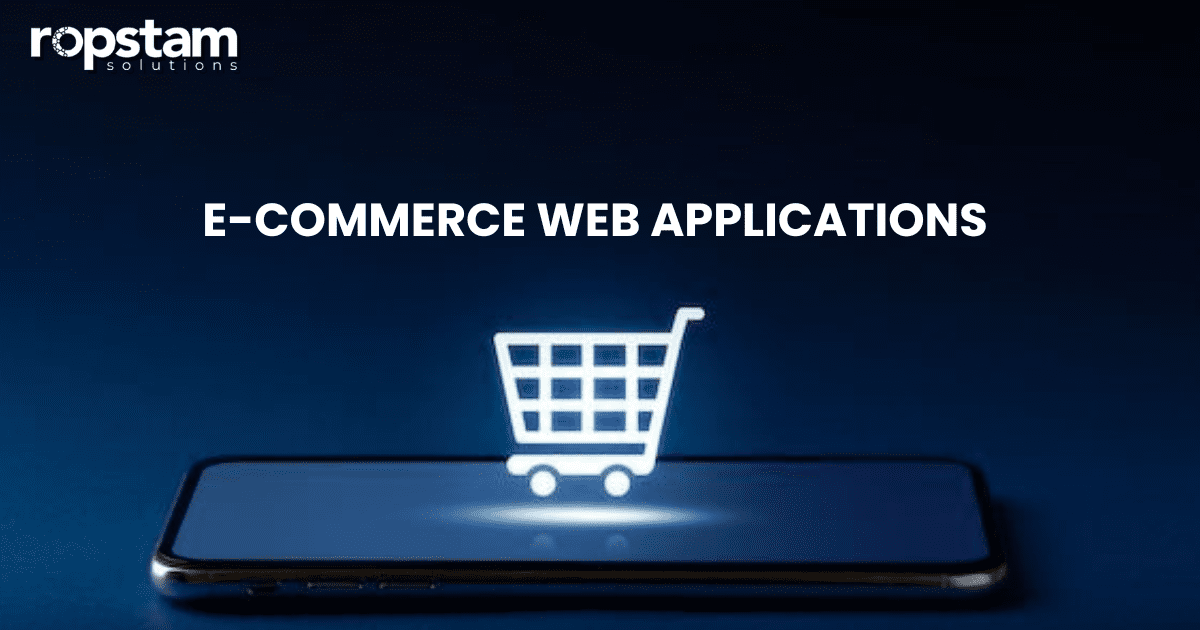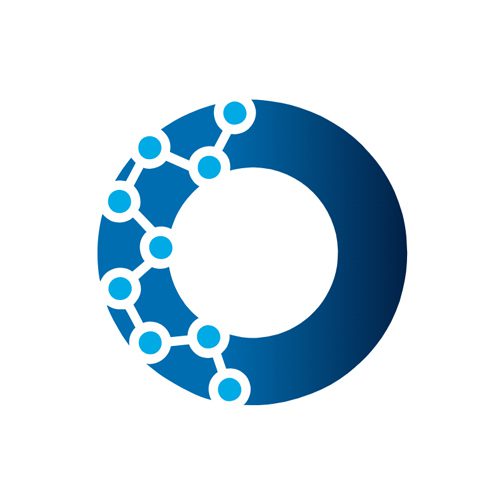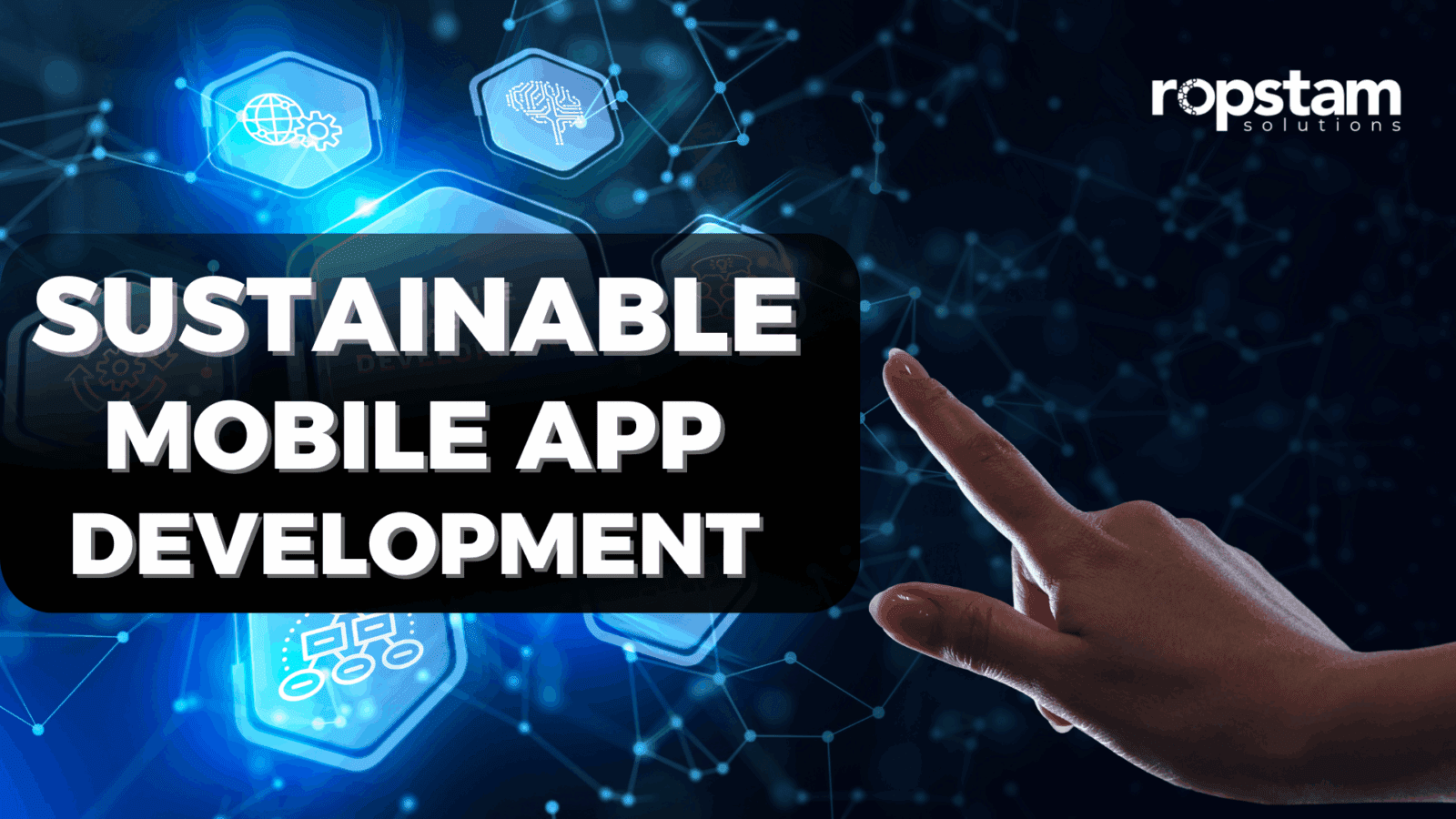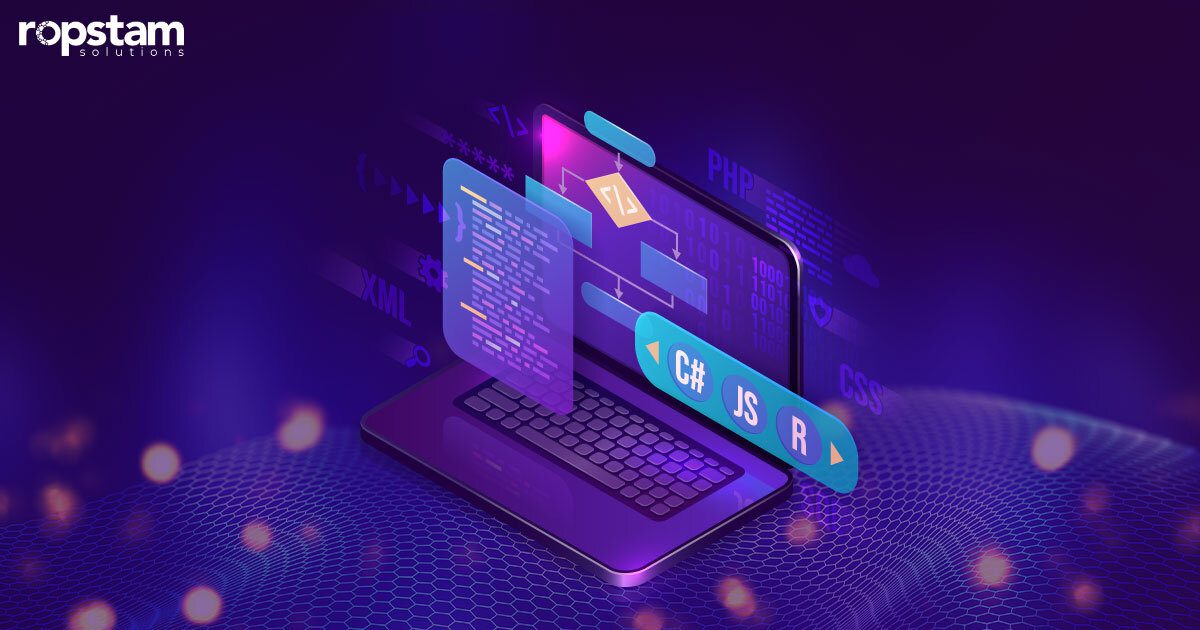The world of finance is undergoing a dramatic transformation, and at the center of this shift is one of the most fascinating applications of blockchain technology: the tokenization of real-world assets (RWA). Once confined to cryptocurrencies like Bitcoin and Ethereum, blockchain has now evolved into an infrastructure that can represent ownership of almost anything from real estate and fine art to corporate stocks and government bonds. By turning traditionally illiquid, complex, or restricted physical assets into digital tokens, blockchain is unlocking opportunities for accessibility, efficiency, and transparency that were previously unimaginable.
But what exactly does it mean to tokenize a real-world asset? Why is it considered such a game changer for global finance? And how will it affect industries ranging from real estate to equities markets in the years to come? In this blog, we’ll dive deep into these questions, exploring the opportunities, challenges, and real life examples of RWA tokenization, while examining its potential to reshape our financial systems.
What Is Asset Tokenization?
At its core, asset tokenization is the process of representing ownership of a physical or financial asset through a digital token that exists on a blockchain. These tokens serve as cryptographically secure representations of the asset, backed by legal agreements or custodial arrangements that guarantee the token’s linkage to the real world asset.
For example, imagine a $10 million commercial property in New York. Traditionally, only a handful of wealthy investors or institutions could afford to buy it. Tokenization, however, allows the building’s ownership to be split into thousands or even millions of tokens, each representing a fraction of the property. With blockchain-based smart contracts managing these tokens, an investor from halfway across the world could purchase $1,000 worth of ownership in that building, all without the need for intermediaries such as brokers, banks, or endless paperwork.
This concept doesn’t apply only to real estate. Virtually any asset stocks, commodities, art, patents, music royalties, and even carbon credits can be tokenized. Once represented on the blockchain, these assets can be traded quickly, securely, and transparently, often with much lower fees than traditional systems.
Why Tokenization Matters
The significance of RWA tokenization extends beyond the novelty of using blockchain. It addresses some of the biggest inefficiencies and inequities in traditional finance:
- Liquidity Creation
Many physical assets are illiquid, meaning they cannot easily be sold or exchanged for cash without significant time and cost. Real estate, art, and even private equity often fall into this category. Tokenization unlocks liquidity by fractionalizing ownership and enabling 24/7 trading of tokens on secondary markets. - Accessibility and Inclusivity
Traditionally, investing in high-value assets like commercial real estate or fine art required substantial capital, typically limiting access to wealthy investors or institutions. Tokenization lowers this barrier by allowing fractional ownership. A person with just a few hundred dollars can now gain exposure to assets that were once out of reach. - Transparency and Trust
Blockchain’s immutable ledger ensures that every transaction is recorded and verifiable. This reduces fraud, ensures clarity of ownership, and increases trust between parties without requiring a central authority. - Efficiency and Cost Savings
By eliminating intermediaries and automating processes through smart contracts, tokenization significantly reduces transaction costs, settlement times, and paperwork, making financial transactions faster and cheaper. - Global Markets
A tokenized asset doesn’t recognize borders. Once an asset exists on blockchain, it can be accessed, purchased, and traded by investors worldwide, opening new global markets and opportunities.
Real Estate Tokenization The Front Runner
Of all asset classes, real estate has emerged as one of the most promising candidates for tokenization. Real estate markets are notoriously illiquid, requiring months of legal processes and massive capital to buy and sell properties. Tokenization changes this entirely.
Consider a luxury hotel valued at $50 million. Instead of relying on a handful of wealthy buyers, the property can be tokenized into 1 million tokens priced at $50 each. These tokens can then be sold to retail investors worldwide, enabling broader participation in real estate investment. In addition, token holders could potentially earn proportional rental income or dividends distributed through smart contracts.
Several platforms and projects are already experimenting with this. For example, companies like RealT in the U.S. tokenize residential properties, allowing investors to purchase fractional ownership and earn rental income in stablecoins. Similarly, European startups are tokenizing commercial real estate, turning previously inaccessible investment opportunities into global, liquid markets.
The implications are massive: tokenized real estate could democratize property investment, allow portfolio diversification across geographies, and enhance liquidity in an industry worth trillions globally.
Tokenization of Stocks and Equities
The equity markets are already highly liquid and efficient compared to other asset classes, but tokenization brings its own unique advantages. Tokenized stocks are blockchain-based representations of publicly traded shares, designed to enable global access and round-the-clock trading, unconstrained by stock exchange operating hours.
Imagine being able to buy Apple or Tesla stock at 2 a.m. on a Sunday, or investing in small fractional shares without going through a broker. Tokenized stocks make this possible. Some platforms already offer tokenized versions of popular equities, where each token is backed by a share held in custody by a trusted institution.
Beyond accessibility, tokenization can also streamline processes such as dividend distribution, shareholder voting, and compliance with securities regulations through programmable smart contracts. While legal and regulatory hurdles still exist particularly concerning securities laws, tokenized stocks highlight the power of blockchain to reimagine equity markets.
Commodities and Other Tangible Assets
Tokenization isn’t limited to real estate and stocks. Commodities like gold, silver, and oil are also being digitized into tokens. Gold in particular has seen rapid adoption, with stablecoins like Paxos Gold (PAXG) and Tether Gold (XAUT) offering blockchain-based ownership of physical gold stored in vaults. Investors can buy and sell fractional gold tokens with the same ease as trading cryptocurrencies, while maintaining the intrinsic value and stability of gold as an asset.
Similarly, fine art, collectibles, and even wine have been tokenized. These industries suffer from extreme illiquidity and exclusivity, making them ripe for disruption. For example, tokenizing a $100 million Picasso painting allows thousands of people to own a piece of it and trade their shares in digital marketplaces. This not only democratizes access but also introduces liquidity into markets that were once reserved for elite collectors.
How Tokenization Works Technically
The mechanics of tokenization typically involve several steps:
- Asset Identification and Structuring
The first step is to identify the asset and determine how it will be represented digitally. Legal frameworks must be established to ensure that the token is legally tied to the underlying asset. - Custody and Compliance
A custodian often a bank, legal trust, or regulated entity holds the physical or financial asset. Compliance with securities laws, anti-money laundering (AML), and know-your-customer (KYC) regulations is critical. - Token Issuance
A blockchain platform such as Ethereum, Polygon, or Avalanche is used to issue tokens representing fractional ownership. These tokens can be fungible (interchangeable like ERC-20 tokens) or non-fungible (unique tokens like ERC-721). - Trading and Secondary Markets
Once issued, the tokens can be traded on regulated marketplaces, peer-to-peer networks, or decentralized exchanges. Smart contracts govern ownership transfers, income distribution, and governance rights.
This seamless process, when implemented correctly, ensures that tokenization is not just a symbolic exercise but a legally enforceable, technologically sound transformation of asset ownership.
Challenges and Risks
As promising as the tokenization of real-world assets (RWA) appears, it is not without hurdles. In fact, the very factors that make tokenization revolutionary also bring along complex risks and challenges that must be addressed before it can achieve mainstream adoption.
- Regulatory Uncertainty
The biggest challenge is regulation. Tokenized assets blur the line between traditional securities and digital assets, leaving regulators scrambling to define them. Is a tokenized share of real estate the same as a traditional security? Should tokenized stocks follow the same rules as shares listed on the NASDAQ? Different countries take different approaches Switzerland and Singapore have embraced tokenization with clear guidelines, while the United States remains cautious, often treating tokenized assets as securities under the SEC’s jurisdiction. Without harmonized regulations, issuers and investors face uncertainty and risk. - Legal Enforceability and Custody
Tokenization is only as strong as the legal framework that underpins it. For example, if a building is tokenized into 1 million tokens, what guarantees that the token holders truly own their fraction of the property? There must be airtight legal structures ensuring enforceability in courts. Custodians who hold physical assets, such as gold vaults or real estate trusts, play a critical role in bridging the digital and physical worlds but they also introduce points of failure if not regulated and transparent. - Security and Technology Risks
Blockchain may be secure in theory, but smart contracts are not immune to bugs or hacks. A single vulnerability in the code could lead to millions of dollars being lost, undermining trust in tokenized markets. In addition, scalability remains an issue if tokenized markets scale to trillions of dollars, current blockchain infrastructure may struggle to handle the volume of transactions efficiently. - Market Adoption and Liquidity Paradox
Ironically, while tokenization promises liquidity, the early stages of adoption often face the opposite: thin trading volumes and limited secondary markets. Without widespread adoption by institutional investors, retail participants, and regulators, tokenized assets risk remaining niche products with insufficient liquidity to justify their hype. - Education and Awareness
For many potential investors, tokenization remains an abstract concept. Without proper education, retail investors may fall prey to scams or overhyped projects that lack real-world backing. Similarly, institutions may hesitate to enter the market until they see proven case studies and strong governance structures. - Cross Border Complexities
Because tokenized assets can be traded globally, they face additional challenges around taxation, compliance, and legal recognition. A tokenized real estate share bought in Europe by an investor in Asia raises questions about whose laws apply, how income is taxed, and what recourse investors have in case of disputes.
In summary, tokenization faces not just technological barriers, but also regulatory, legal, and cultural hurdles. These challenges will require collaboration between governments, financial institutions, and blockchain innovators to create a safe and scalable ecosystem.
The Future of RWA Tokenization
Despite these challenges, the momentum behind tokenization is undeniable. Major banks and financial institutions are actively exploring the space. JPMorgan, for instance, has experimented with tokenizing money market funds, while BlackRock has publicly expressed interest in the tokenization of securities and investment products.
Moreover, governments and regulators are beginning to recognize the potential benefits. Some jurisdictions, such as Switzerland and Singapore, have already developed regulatory frameworks for tokenized assets, providing clarity and fostering innovation.
Looking ahead, tokenization could fundamentally reshape the global financial system in several ways:
- Interoperable Global Markets: Assets from different geographies could trade seamlessly on interoperable blockchains, reducing fragmentation in global finance.
- Programmable Finance: With smart contracts, tokenized assets can automatically handle functions like dividend distribution, interest payments, or compliance reporting.
- Financial Inclusion: Billions of unbanked or underbanked individuals could access global markets through tokenized assets, simply by using a smartphone and internet connection.
- Integration with DeFi: Tokenized assets could flow into decentralized finance (DeFi) ecosystems, where they can be used as collateral, staked for yield, or traded in automated markets.
Conclusion The New Era of Ownership
The tokenization of real-world assets is not simply about bringing physical goods into the digital sphere, it is about reshaping the very fabric of ownership and value exchange. By enabling fractional ownership, blockchain is eroding centuries-old barriers that restricted access to wealth building opportunities. Where once only institutional investors and the ultra wealthy could access prime real estate, fine art, or private equity, tokenization makes these opportunities available to anyone with an internet connection and a few hundred dollars.
Yet, the road ahead is not without obstacles. Regulatory uncertainties, technological vulnerabilities, and questions of legal enforceability still loom large. History teaches us that transformative technologies from the internet to mobile banking face skepticism, trial, and error before becoming part of daily life. Tokenization is likely to follow a similar path: gradual adoption, iterative improvements, and eventual integration into the global financial system.
But the promise is undeniable. Imagine a future where a student in Kenya invests in tokenized shares of Silicon Valley startups, while a retiree in Brazil holds fractional ownership of commercial properties in Tokyo. Consider the power of 24/7, borderless trading where assets are programmable, income is distributed automatically, and compliance is enforced by transparent smart contracts. This is not a distant dream, it is a trajectory already set in motion.
Financial institutions, regulators, and blockchain innovators will need to collaborate to strike a balance between innovation and security. Too much restriction could stifle progress, while too little oversight could open the door to fraud and instability. The winners will be those who navigate this balance effectively, creating frameworks that empower individuals while safeguarding markets.
In the end, tokenization represents more than just a financial tool; it symbolizes a cultural shift toward inclusivity, efficiency, and global connectivity. Ownership is no longer defined by geography, wealth, or bureaucracy, but by the ability to engage with digital marketplaces that transcend borders. The transformation is underway, and while challenges remain, the potential to democratize access to wealth, unlock liquidity, and create new financial opportunities is too powerful to ignore.
The new era of ownership has begun. The question now is not whether tokenization will redefine finance, but how quickly and how profoundly it will change the way we think about value in the digital age.

